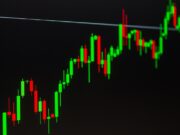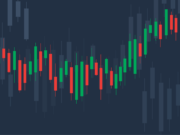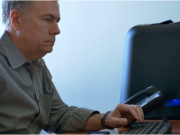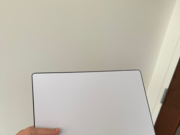We’re getting closer to passage of the $2 trillion stimulus bill.
It just passed the Senate, and it’s likely to pass the House by Friday. Reportedly, it’ll cut $1,200 checks to most adults, expand unemployment coverage, and extend loans to businesses. All in an effort to combat the fallout from the devastating coronavirus.
The bill will also provide $350 billion in loans to small businesses to help keep them afloat. It will give $100 billion to help hospitals that are struggling with the influx of patients. It will also create a $500 billion fund, which will include $46 billion to help commercial airlines and $454 billion for the Federal Reserve to help states as well.
For consumers, direct payments will come within three weeks, as highlighted by MarketWatch. In fact, if you want to read more about these payments, you can find the information in the bill online by clicking this link.
However, not everyone will receive a check apparently. Taxpayers earning $75,000 and below will receive one. Married couples making $150,000 and below will receive a check for $2,400. Individuals and couples under these brackets will also receive up to $500 per child.
The money will not be considered taxable income.
If you earn above $75,000, the checks will phase out. It’s capped for those of us making more than $99,000 a year. For married couples, they’re capped out above $198,000 a year. For those filing head of household, the cap is $146,500.
For those of you that will receive a check, the IRS will reportedly use the bank account information from your 2018 or 2019 tax return, says MarketWatch.
At the moment, this is desperately needed by many, as unemployment claims begin to push higher. As of this morning, unemployment claims rocketed to 3.28 million.
“This is a unique situation. People need to understand, this is not a typical downturn,” Federal Reserve Chairman Jerome Powell said as quoted by CNBC. “At a certain point, we will get the spread of the virus under control. At that time, confidence will return, businesses will open again, people will come back to work,” he added. “So, you may well see a significant rise in unemployment, a significant decline in economic activity. But there can also be a good rebound on the other side of that.”











